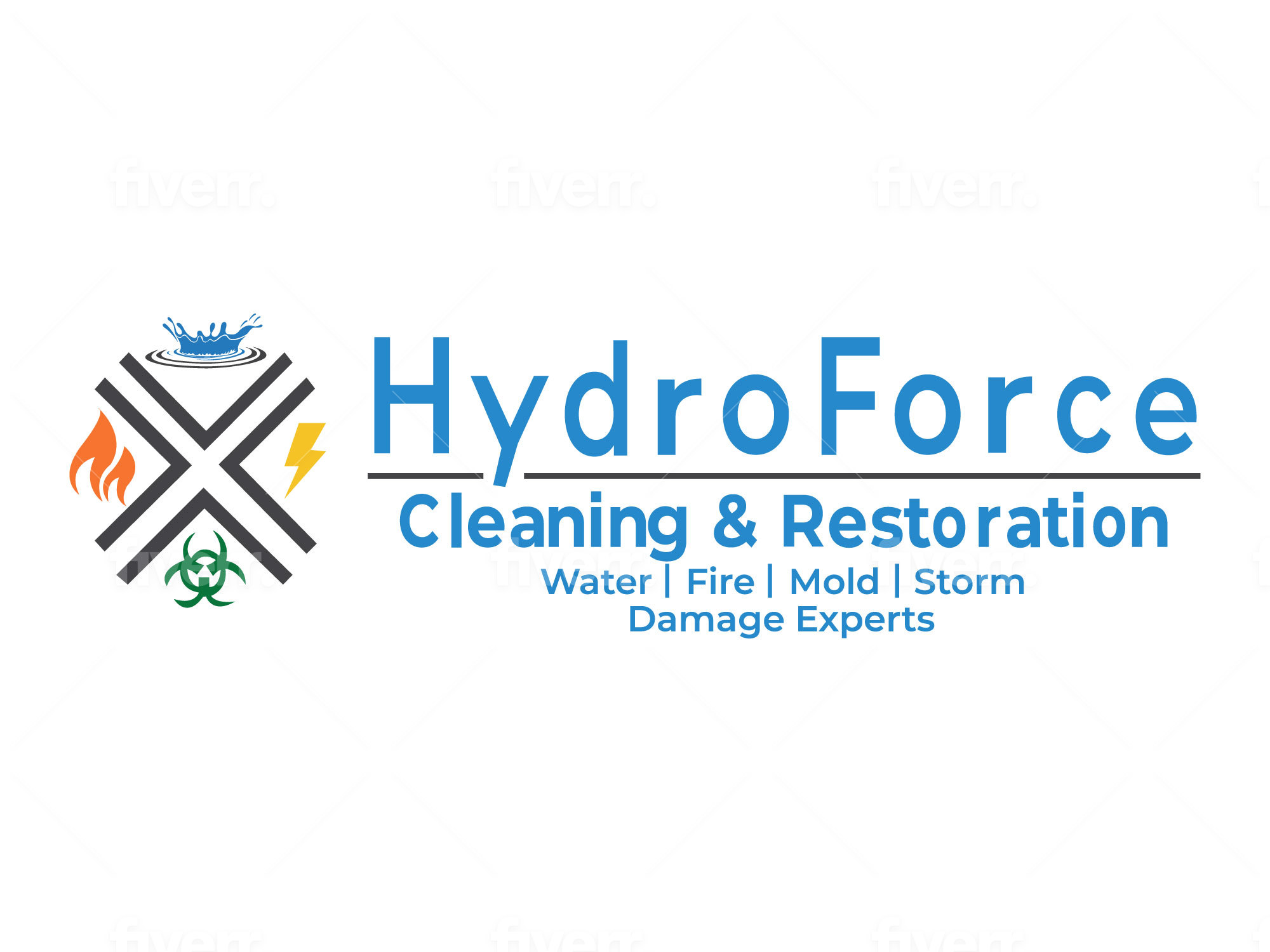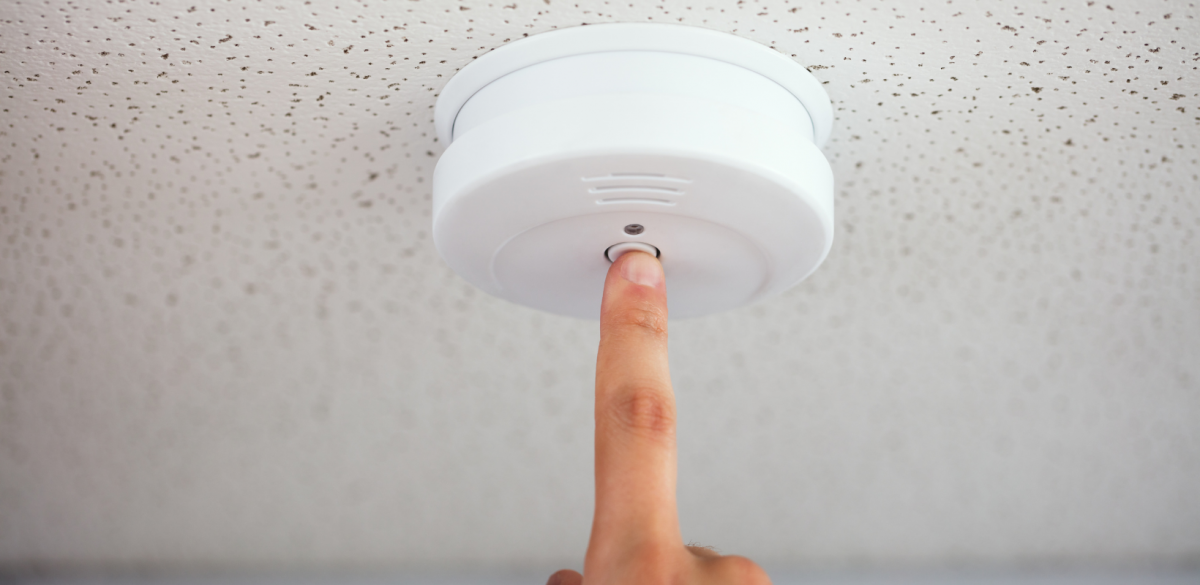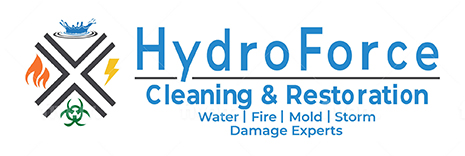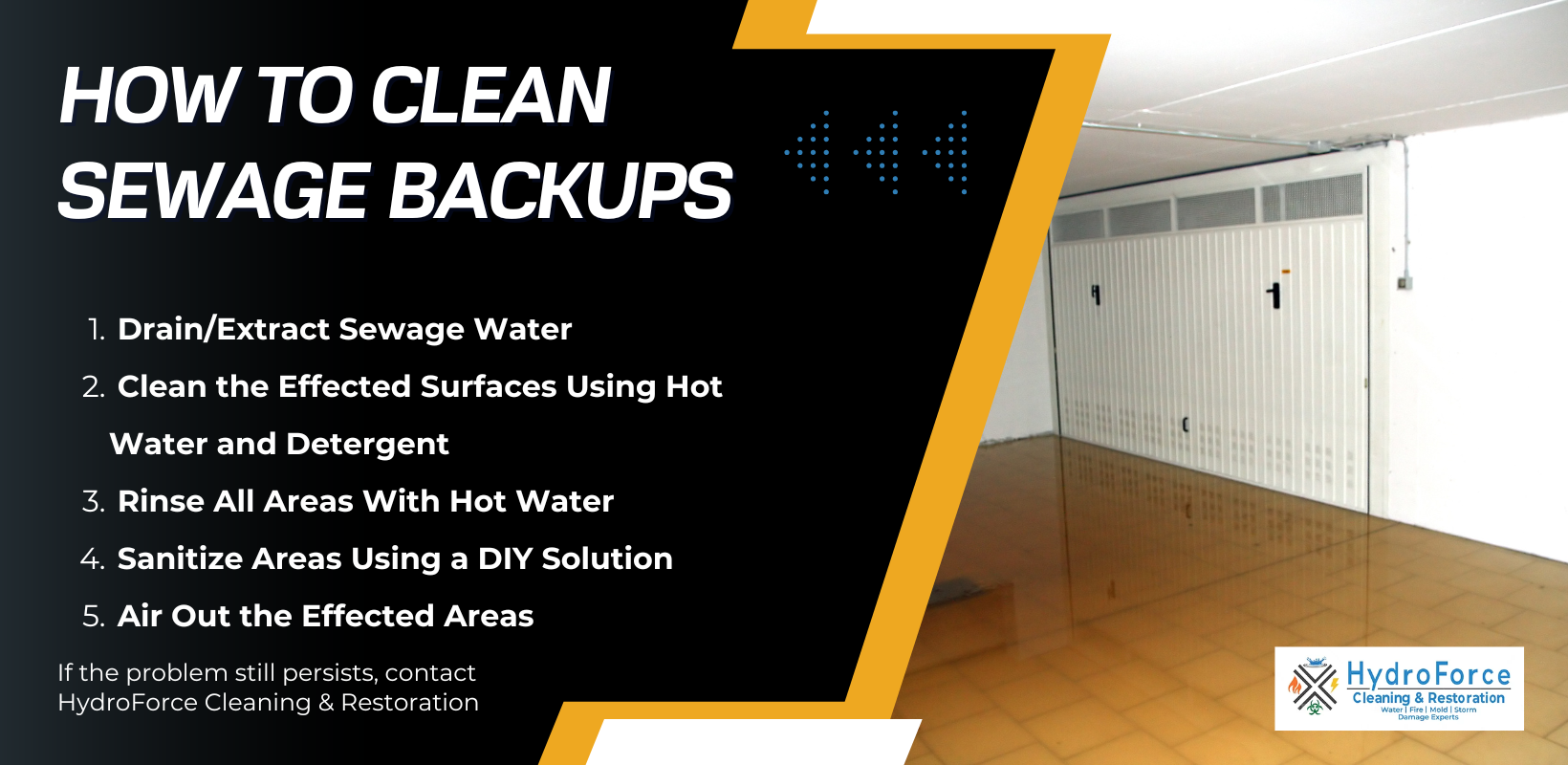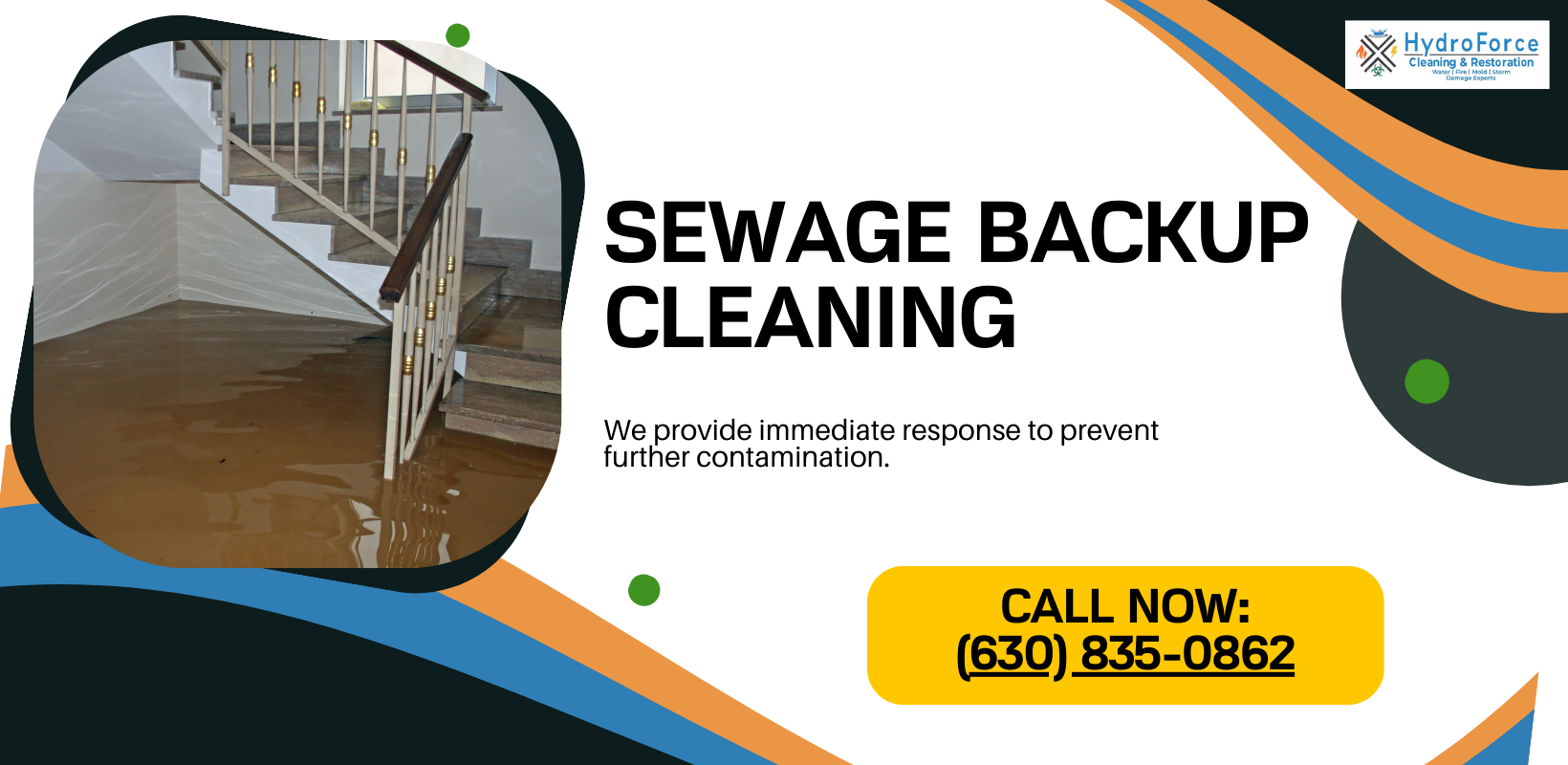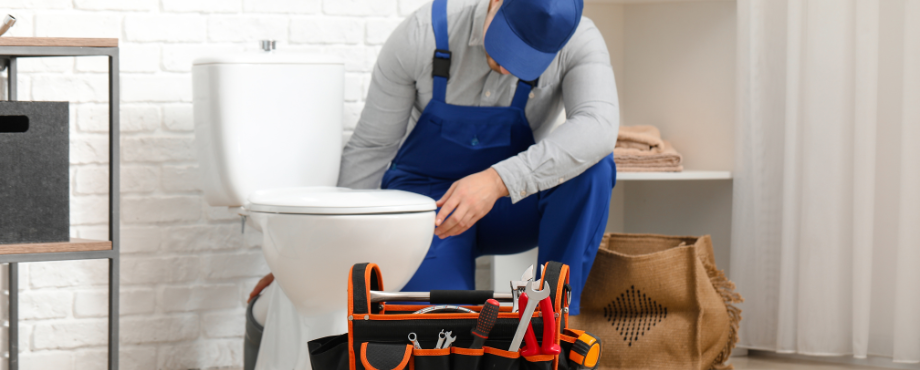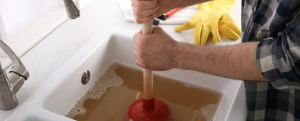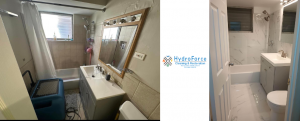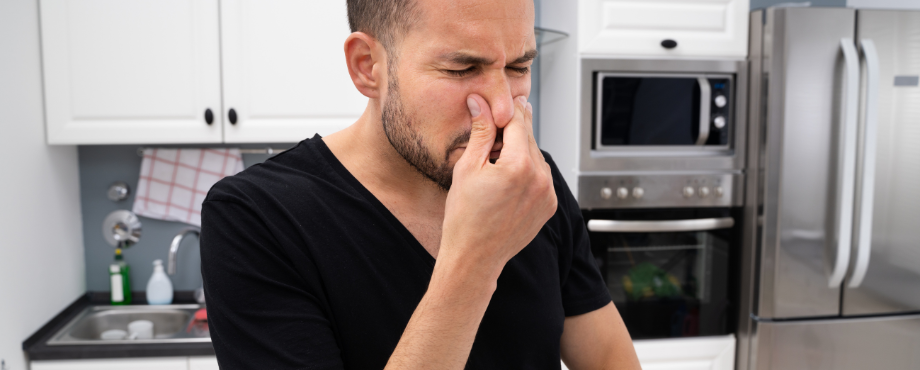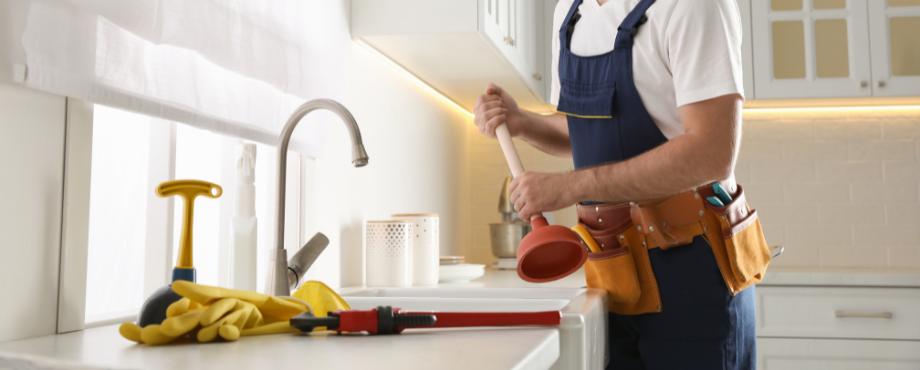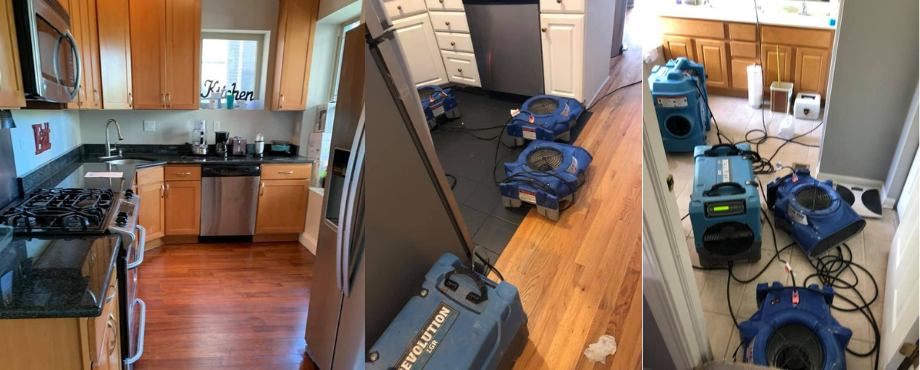4 Reasons Why Your Smoke Detector is Beeping
Home » sewage cleanup
Proper maintenance of your smoke detectors is essential to ensure they function effectively when you need them most and to prevent major fire damage. Understanding why your smoke detector is beeping, how to troubleshoot issues, and when to replace it are key steps in keeping your home or business safe from fire.
In this article, we’ll explore the common reasons behind smoke detectors beeping, the meaning of various chirping and beeping patterns, and a step-by-step guide to troubleshooting a beeping alarm. You’ll also learn how to change the battery in your smoke detector and the importance of scheduling regular fire alarm inspections to maintain optimal safety.
Why is My Smoke Detector Beeping?
Understanding why your smoke detector is beeping is essential for troubleshooting and ensuring it functions properly. To help you address the issue, here are a few key things to check:
- Low Battery Warning: A beeping smoke detector often signals a low battery. Whether it uses a 9V or lithium battery, be sure to replace it promptly to ensure the detector functions correctly and keeps you protected from potential fires.
- Debris Build-Up: If your smoke detector is chirping, it might be due to accumulated dust or debris interfering with its performance. Gently clean the detector using a soft cloth or an air blower to remove any obstructions and restore proper functionality.
- Temperature Fluctuations: Sudden temperature changes can sometimes trigger smoke detectors. Steam from showers, extreme attic cold, or heat from a stove are common culprits. If these fluctuations persist, consider relocating the detector to a more stable environment.
- Malfunctioning Sensors: Faulty sensors can also cause a smoke detector to chirp. These devices rely on steady voltage, which can be disrupted by loose battery connections or sensor malfunctions. Check the battery terminals, ensuring the battery is securely attached, and inspect the system for any loose connections. If needed, reattach the battery firmly to restore proper operation.
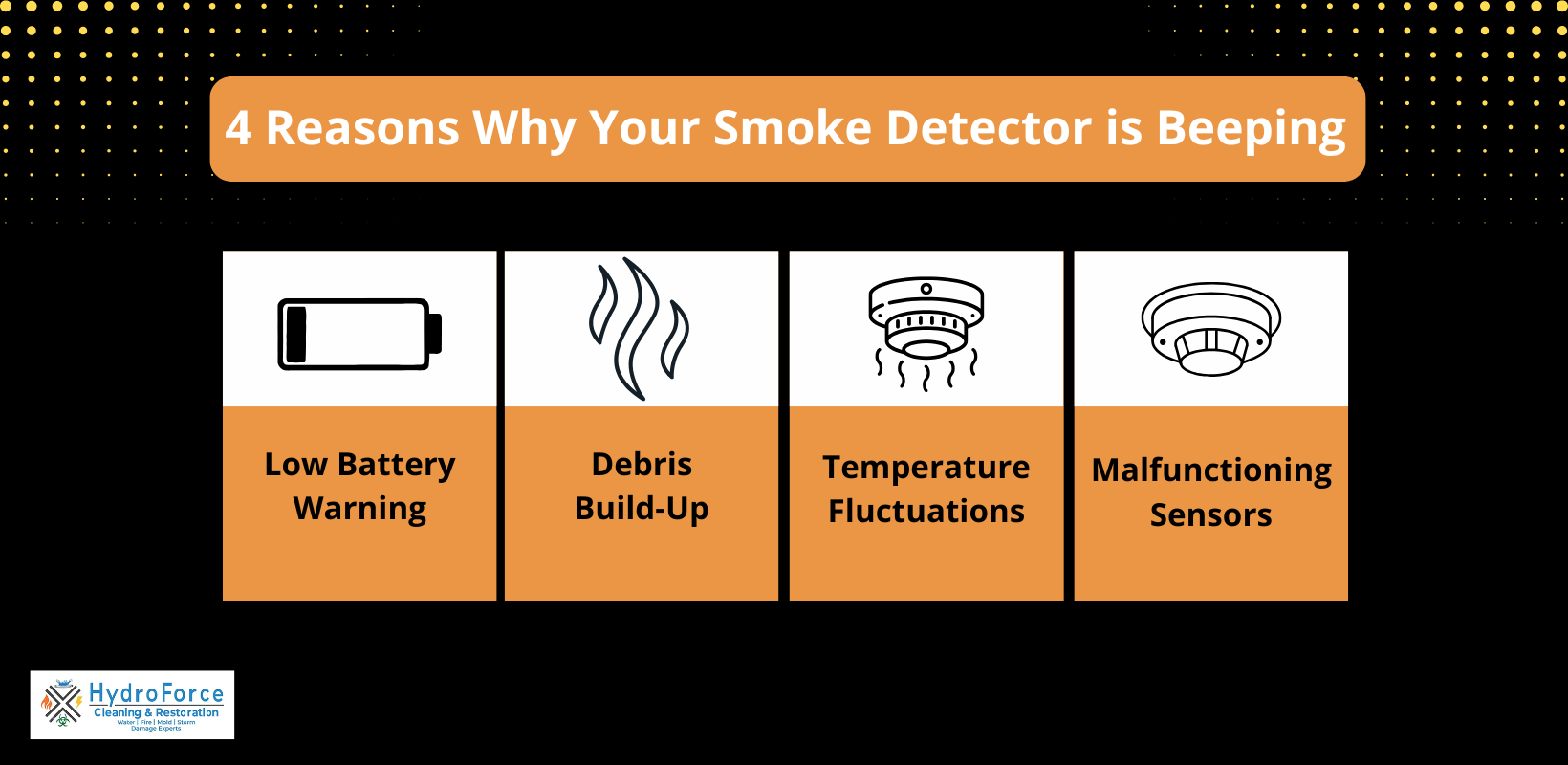
The Meaning of Smoke Detector Beeping and Chirping Patterns
Understanding the different chirping patterns on your smoke alarm is essential so you can take proper action. You should always refer to the owner’s manual to make sure you are correctly interpreting the problem. Here’s a quick overview of common chirping patterns and their meanings:
- Beep-Beep-Beep: Smoke Detected: A series of three loud, consecutive beeps indicates that the smoke detector has detected smoke and there may be a fire in your property. Take immediate action.
- Chirp-Chirp-Pause: Sensor Issue: If your smoke detector emits a series of chirps followed by a pause, it’s signaling a malfunction. This sound typically means the sensor may be obstructed or faulty. Check the detector to ensure it is functioning properly, as it cannot distinguish between a fire and a technical issue.
- Single Beep with a Long Pause: Low Battery or Maintenance Needed: A single beep followed by a long pause usually means the battery is running low and needs replacing. However, this pattern can also indicate that the detector’s sensors are blocked by dirt or dust, or that the device itself may need to be replaced. Regular maintenance is key to keeping your smoke detector in top working condition.
Steps to Troubleshoot a Beeping Fire Alarm
Knowing how to troubleshoot a beeping fire alarm is essential for quick action and preventing potential damage to your property. Here’s a simple guide to help you address the issue effectively.
- Continuous Beeping: Evacuate your property immediately is this indicates the presence of a fire.
- Intermittent Beeping: Check the battery and connections on your fire alarm.
- Chirping: Replace the battery right away so you can ensure it works properly in the future.
- Listen to the Beep: Check for fire signs so you can avoid further damage.
- Change the Batteries: Use the proper batteries meant for your alarm.
- Clean the Alarm: Dust it off or use an air blower.
- Check the Environment: Check for fire damage or smoke.
- Reset the Alarm: Use the manufacturer’s instruction to reset the alarm.
How to Change the Battery in Your Smoke Detector
Changing the batteries in your smoke detector is a straightforward process. However, the exact steps may vary depending on the model. Generally, you’ll need a flathead screwdriver, a fresh 9V battery, and a step ladder. Here’s a simple guide to help you get started:
- Twist open the smoke detector or use the screwdriver to open its cover.
- If the smoke detector is hard-wired to your house, make sure to flip the circuit breaker before you disconnect it.
- Detach the old 9V battery from its positive and negative connections.
- Test the battery using a multimeter
- Replace the dead 9V battery. Always make sure that the connection to the new battery is good and secure.
- Use the test button to ensure that the battery powers the smoke detector.
- Close the smoke detector and reattach it to the wall. If it has a battery drawer, make sure to close it.
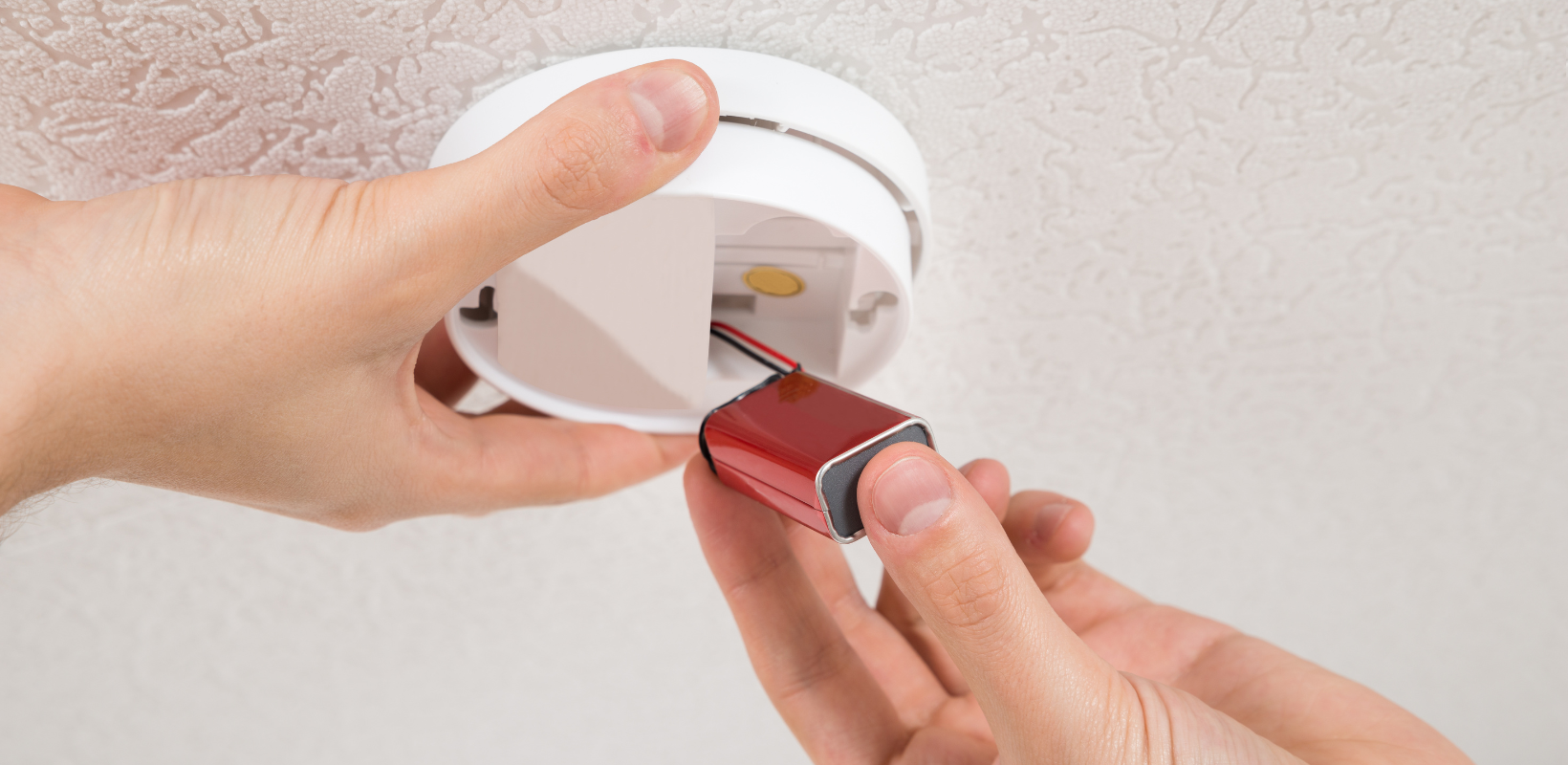
Schedule a Fire Alarm Inspection
Regular fire alarm inspections are essential for ensuring early fire detection and alerting occupants to evacuate safely. For business owners, adhering to the required inspection schedule is especially critical to comply with regulations and maintain a secure environment.
The frequency of fire alarm inspections depends on factors such as local regulations, the type of facility, and the complexity of your system. Below is a general guideline to help you understand the requirements for fire alarm inspections:
- Do a monthly check: Do a monthly visual inspection to ensure that all the control panels display normal operation and there are no visible signs of damage.
- Quarterly inspections: Make sure to test the batteries, communication pathways, and annunciators so you can make sure they are functioning properly.
- Semi-annual inspections: All smoke detectors, alarm signals, and system communication with monitoring services should be verified.
- Yearly fire alarm inspection: Make sure to conduct a full inspection and functional testing of the whole system that includes the detectors, alarm signals, and backup power sources.
Professional Fire Damage Restoration in Chicago, IL
Properly maintaining your smoke detectors is a critical part of home and workplace safety. By understanding the causes of beeping, learning how to troubleshoot common issues, and keeping up with battery replacements and regular inspections, you can ensure your alarm system functions reliably in the event of a fire. Taking these proactive steps helps protect lives and property by providing early warnings when seconds count.
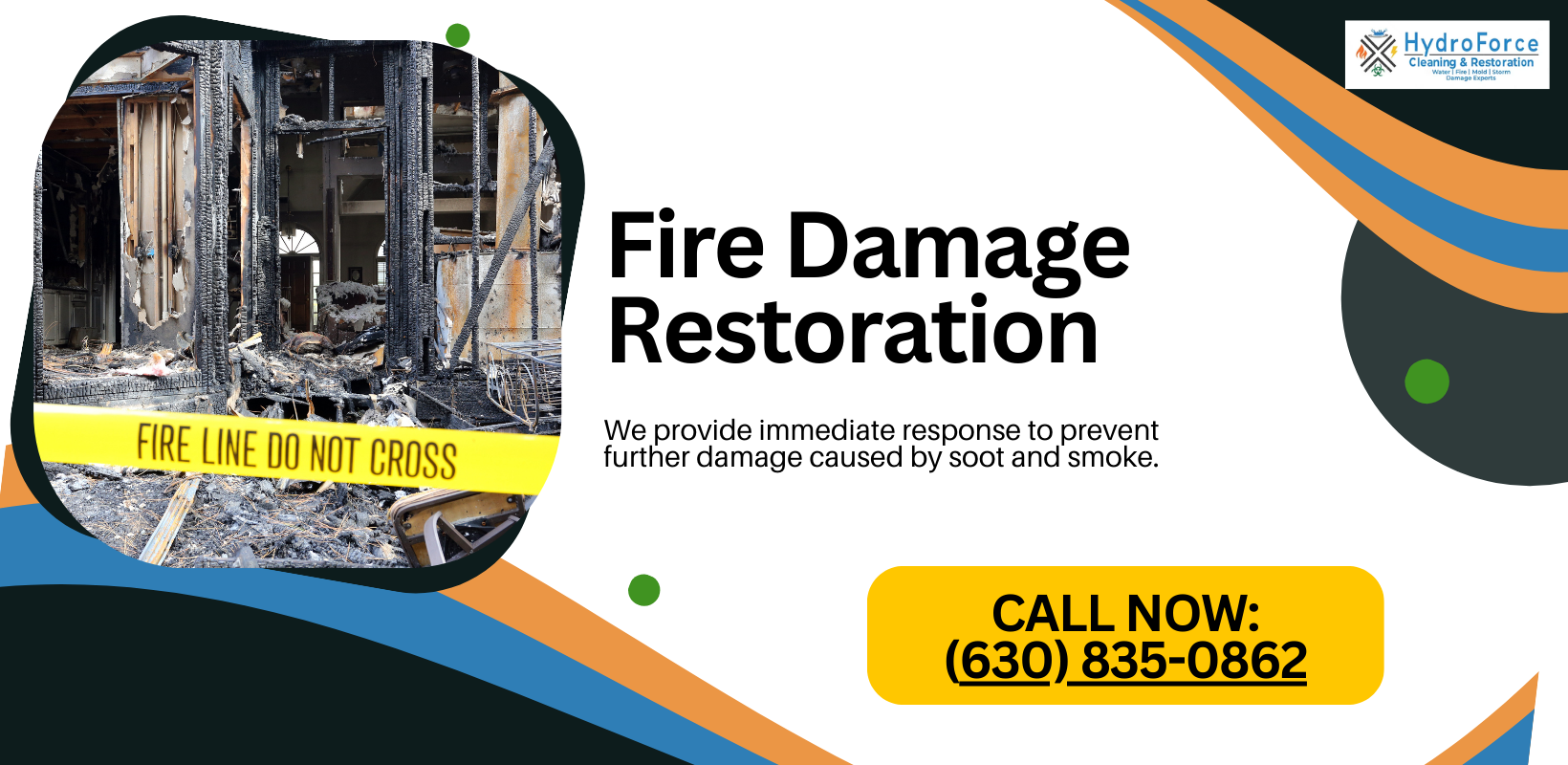
If you have experienced fire damage in your home or business, our professionals at HydroForce Cleaning and Restoration can help. We provide comprehensive fire damage restoration services for homeowners and businesses in Chicago, IL, and the surrounding areas. Our team ensures every detail is addressed, including replacing damaged smoke detectors to help safeguard your property against future fire risks.
For reliable fire damage restoration in Chicago, IL, and the surrounding areas, or to replace a faulty smoke detector, call us today at (630) 835-0862 to learn more.
Privacy Policy | Terms & Conditions | 630-835-0862
